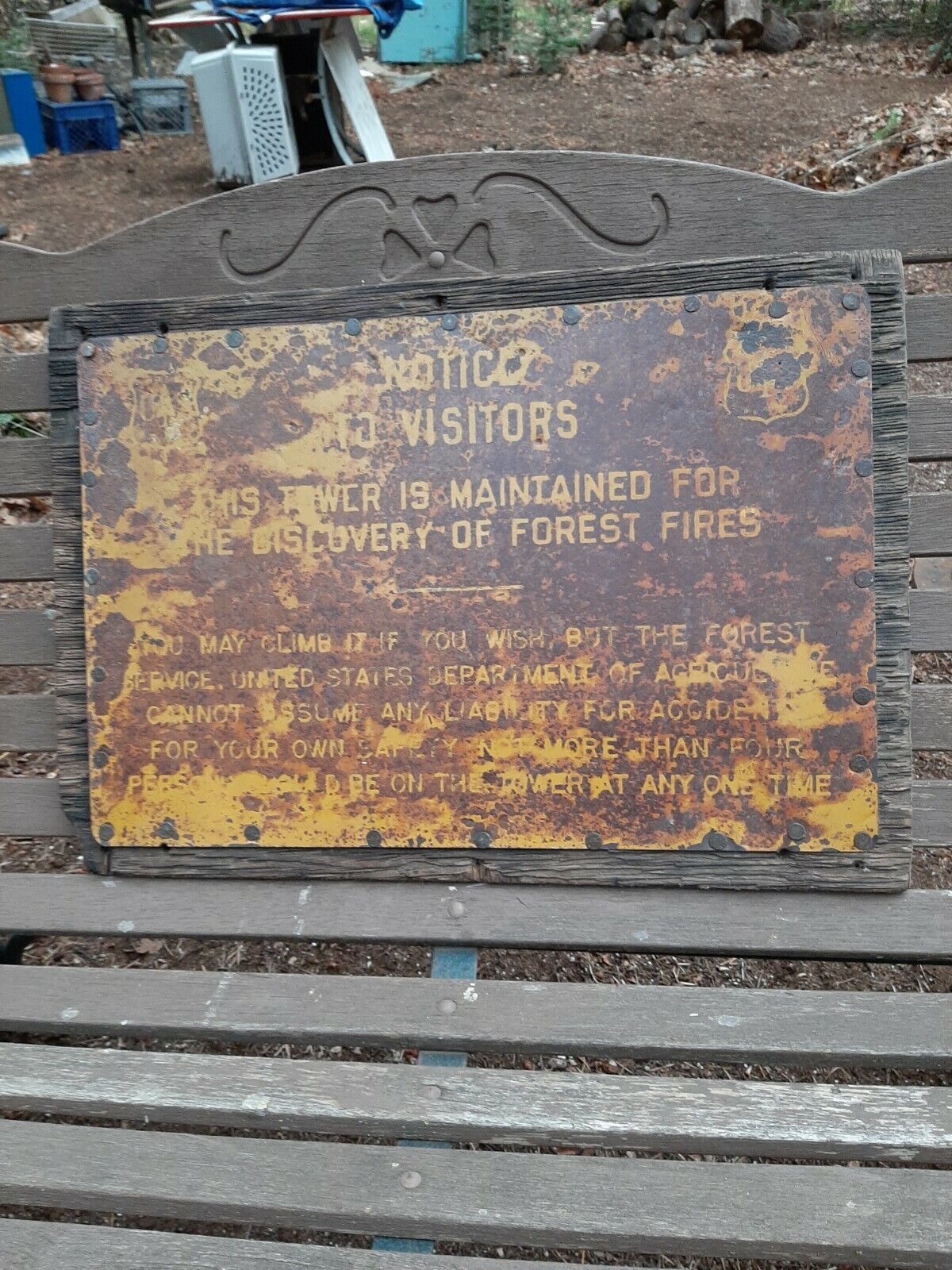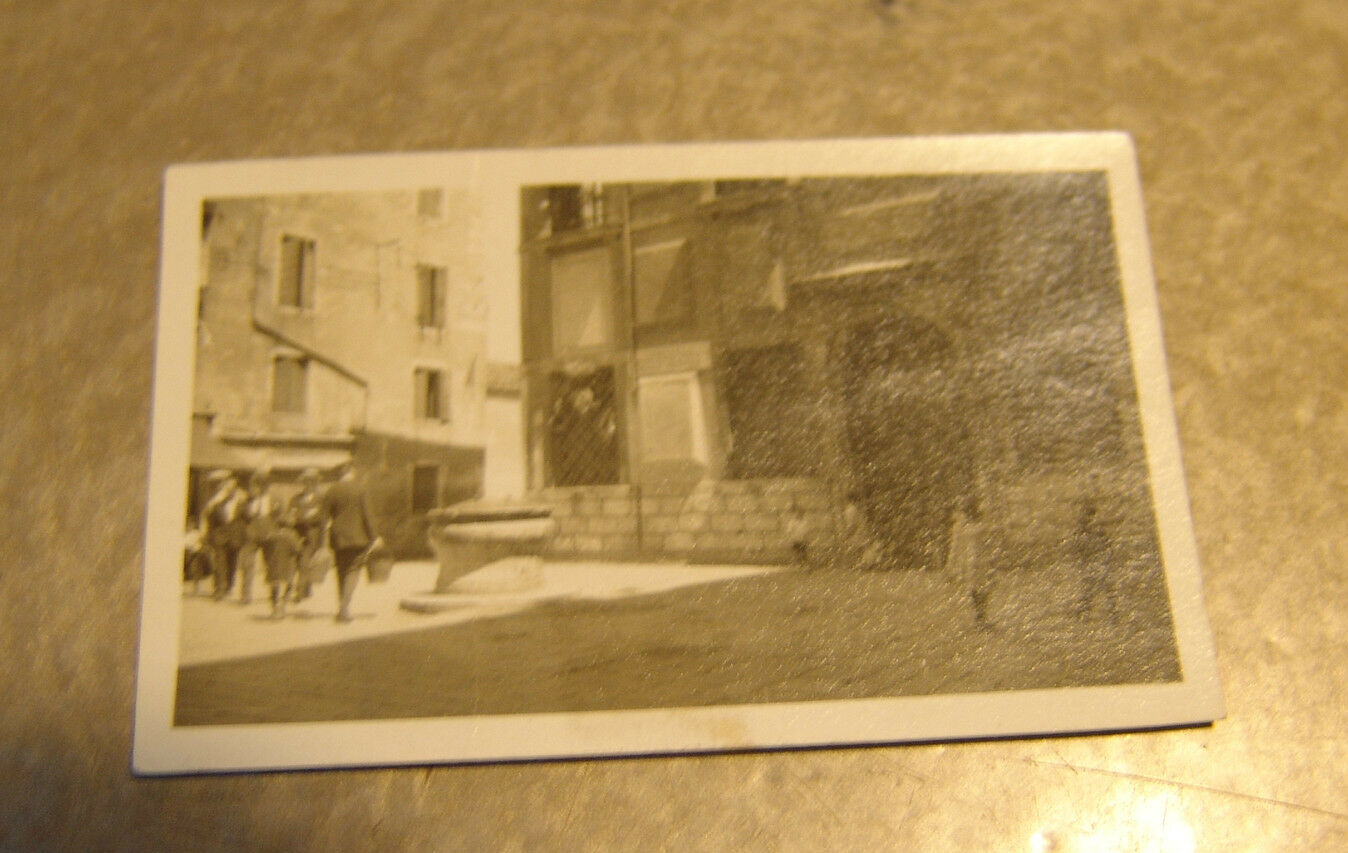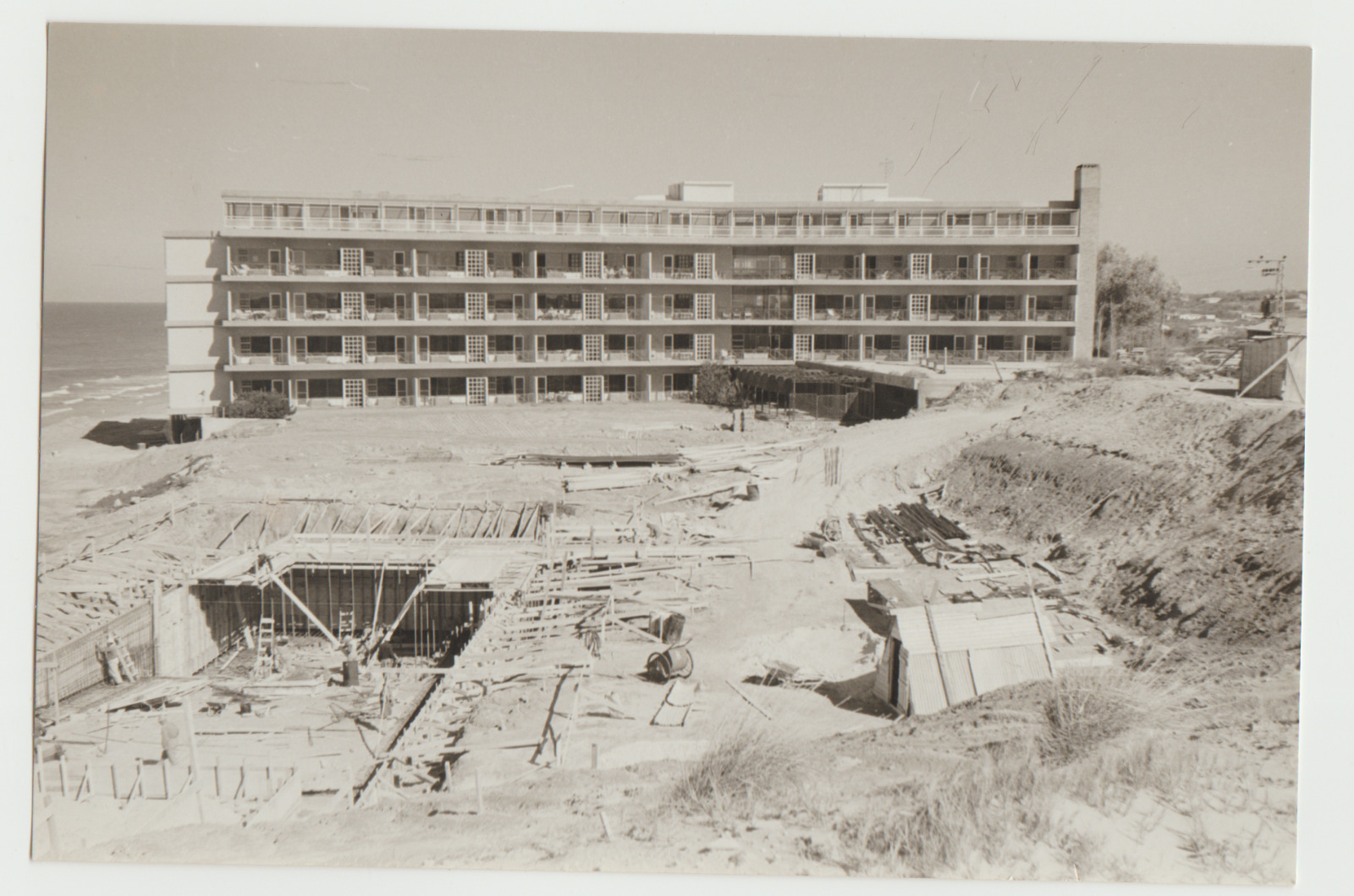-40%
1925 Bezalel BUDKO Jewish RUSSIAN SHEET MUSIC Judaica STUTSCHEWSKY Cello JUWAL
$ 31.15
- Description
- Size Guide
Description
DESCRIPTION:
Here for sale is an almost 90 years old ORIGINAL HRBREW - JEWISH - R
ussian
sheet music which was published in 192
5
( Dated )
in BERLIN and Tel Aviv PALESTINE by edition “JUWAL - JUVAL” which edited and published pieces by the RUSSIAN - JEWISH MUSICIANS of the
“ST. PETERSBURG SOCIETY for JEWISH FOLK MUSIC” (
Russian - Obshchestvo Evreiskoi Narodnoi Muzyki . Yiddish -
Gezelshaft far Yidisher Folks-Muzik
)
namely JOSEPH ACHRON , SHMUEL ALMAN , JULIUS JOEL ENGEL , MICHAEL GNESSIN , ALEXANDER KREINE, MICHAEL LEWIN and MICHAEL MILNER )
. This is No. 1
68
sheet music for " DWE
JKUTH" for CELLO and PIANO
by the Jewish composer of Russian
origin JOACHIM STUTSCHEWSKY
, The acclaimed Jewish Cellist. The front page is beautifuly designed by JOSEPH BUDKO of the BEZALEL School of Art in Jerusalem. The sheet music size is around 12 x 9". 8 pp including the front illustrated page . Written in HEBREW and GERMAN . Very good condition.
( Please look at scan for actual AS IS images )
Will be sent in a special protective rigid sealed packaging.
PAYMENTS
:
Payment method accepted : Paypal .
AUTHENTICITY
:
This SHEET MUSIC is an ORIGINAL 192
5
publication , NOT a reproduction or a reprint , It holds a life long GUARANTEE for its AUTHENTICITY and ORIGINALITY.
SHIPPMENT
:
Shipp worldwide via registered airmail is $ 25
.
Will be sent in a special protective rigid sealed packaging.
Will be sent around 5 days after payment .
Josef Budko
was born in Plonesk, Poland and studied in Berlin with the Jewish painter and Graphic designer, Hermann Struck. In 1933 he immigrated to Israel with Mordecai Ardon and Yaacov Shtainheart. Two years later, with the opening of the “New Bezalel” school in Jerusalem, he became the head of the institution, a position he held till his death in 1940. His work includes carving for the Pesach Hagada, woodcarvings ilustrating biblical events, decorations for the books of Agnon, Bialik and numerous etchings and lithographies. This exhibition presents the series of woodcarvings created for the 50 th. Edition of Haim Nahman Bialik’s writings, published in Berlin in 1923. Other works exhibited, present the wide range of Jewish and Zionist topics that Budko dealt with over his long carrier
Joseph Budko Polish 1888-1940 Joseph Budko was amongst an influential group of graphic minded Jewish artists who embraced the revival of the woodcut, a medium which lent itself perfectly to express the views of Israel and Jewish culture in various lands.Born in Poland, Budko studied art in Germany under the instruction of Hermann Struck and the influence of Jacob Steinhardt. Mixing his personal attitude with Jewish outlook; melding Jewish tradition and modern artistic approach, Budko soon developed his own powerful style, influencing future great artists in turn—Marc Chagall being no exception. Budko has been credited with resurrecting the spirit of book illustration by elevating it to modern design. Eventually moving to Israel, Joseph Budko became the head of the Betzalal Academy in Palestine when it re-opened in 1935. He remained in this position until his untimely death, in 1940.
The term
Bezalel school
describes a group of artists who worked in Israel in the late Ottoman and British Mandate periods. It is named after the institution where they were employed, the Bezalel Academy, predecessor of today’s Bezalel Academy of Art and Design, and has been described as "a fusion of ‘oriental' art and Jugendstil." The Academy was led by Boris Schatz, who left his position as head of the Royal Academy of Arts in Sofia, Bulgaria, to make aliyah 1906 and set up an academy for Jewish arts. All of the members of the school were Zionist immigrants from Europe and the Middle East, with all the psychological and social upheaval that this implies. The school developed a distinctive style, in which artists portrayed both Biblical and Zionist subjects in a style influenced by the European jugendstil ( or art nouveau) movement, by symbolism, and by traditional Persian and Syrian artistry. Like the British Arts and Crafts Movement, Wiener Werkstätte in Vienna, William Morris firm in England, and Tiffany Studios in New York, the Bezalel School produced decorative art objects in a wide range of media: silver, leather, wood, brass and fabric. While the artists and designers were European-trained, the craftsmen who executed the works were often members of the Yemenite community, which has a long tradition of craftsanship in precious metals, and began to make aliyah about 1880. Yemenite immigrants with their colorful traditional costumes were also frequent subjects of Bezalel School artists.Leading members of the school were Boris Schatz, E.M. Lilien,Ya'akov Stark, Meir Gur Arie, Ze'ev Raban, Jacob Eisenberg, Jacob Steinhardt, and Hermann Struck.The artists produced not only paintings and etchings, but objects that might be sold as Judiaca or souvenirs. In 1915, the New York Times praised the “Exquisite examples of filigree work, copper inlay, carving in and in wood,” in a touring exhibit. In the metalwork Moorish patterns predominated, and the damascene work, in particular, showed both artistic feeling and skill in execution
.
Bezalel Academy of Art and Design
is Israel's national school of art. It is named after the Biblical figure Bezalel, son of Uri (Hebrew: ), who was appointed by Moses to oversee the design and construction of the Tabernacle (Exodus 35:30).It is located on Mount Scopus in Jerusalem and has 1,500 students registered in programs such as: Fine Arts, Architecture, Ceramic Design, Industrial Design, Jewelry, Photography, Visual Communication, Animation, Film, and Art History & Theory. Bezalel offers Bachelor of Fine Arts (B.F.A.), Bachelor of Architecture (B.Arch.), Bachelor of Design (B.Des.) degrees, a Master of Fine Arts in conjunction with Hebrew University, and two different Master of design (M.des) degree. The academy was founded in 1903 by Boris Schatz, and opened in 1906, but was cut off from its supporters in Europe by World War I, and closed due to financial difficulties in 1929. The academy was named "Bezalel" (Hebrew: "in God's shadow") as an illustration of God's creativity being channeled to a man of flesh and blood, providing the source of inspiration to Bezalel ben Uri in the construction of the holy ark.Many early Zionists, including Theodor Herzl, felt that Israel needed to have a national style of art combining Jewish, Middle Eastern, and European traditions. The teachers at the academy developed a distinctive school (or style) of art, known as the Bezalel school, in which artists portrayed both Biblical and Zionist subjects in a style influenced by the European jugendstil (art nouveau) and by traditional Persian and Syrian styles.Like the Wiener Werkstätte in Vienna, William Morris firm in England, and Tiffany Studios in New York, the Bezalel School produced decorative art objects in a wide range of media: silver, leather, wood, brass and fabric. While the artists and designers were European-trained, the craftsmen who executed the works were often members of the Yemenite community, which has a long tradition of craftsanship in precious metals, and whose members had been making aliyah in small groups at least form the beginning of the nineteenth century, forming a distinctive Yeminite community in Jerusalem. Silver and goldsmithing, occupations forbidden to pious Muslims, had been traditional Jewish occupations in Yemen. Yemenite immigrants with their colorful traditional costumes were also frequent subjects of Bezalel school artists.Leading artists of the school include Meir Gur Aryeh, Ze'ev Raban, Boris Schatz, Jacob Eisenberg, Jacob Steinhardt, and Hermann Struck. The School folded because of economic difficulties. It was reopened as the New Bezalel School for Arts and Crafts in 1935, attracting many of its teachers and students from Germany many of them from the Bauhaus school which had been shut down by the Nazis. In 1969 it was converted into a state-supported institution and took its current name. It completed its relocation to the current campus in 1990.
Joachim-Yehoyachin Stutschewsky, (Hebrew:
יהויכין סטוצ'בסקי
, Russian:
Иоахим Стучевский
, b. February 7, 1891, Romni (Ukrainian:
Romny
),
guberniya
of Poltava, Ukraine - d. November 14, 1982, Tel Aviv, Israel) was a Ukraine-born Austrian and Israeli cellist, composer, musicologist. Most biographies of Jewish artists of the twentieth century are marked by frequent changes of place, flight and expulsion. The life of Joachim Stutschewsky (1891-1982) was particularly restless. In his memoirs, he compares himself to a traveling Jewish musician – a klezmer who was never allowed to remain anywhere for long and was never able to find rest. Stutschewsky was quite familiar with the east European klezmer milieu from his own experience, since he was born into a well-known klezmer family in Ukraine. Like all family members for many generations, he began taking music lessons at a young age and then played in his father's klezmer ensembles.In 1909, Stutschewsky went to Leipzig to study cello with Julius Klengel at the conservatory. After finishing his studies, Stutschewsky first returned to Russia, but soon fled abroad once again to escape having to serve in the Russian military. Then he lived in Jena, where he began to play a large number of concerts as soloist and chamber musician. When the First World War broke out, he had to flee once again because he was a Russian citizen, and moved to Switzerland, where he organized the first concerts of Jewish folk and art music.He moved to Vienna in 1924 and together with Rudolf Kolisch founded the famous Vienna String Quartet, which won international renown with its premieres of works by composers in the New Vienna School founded by Arnold Schoenberg. In Vienna, Stutschewsky also continued his activities in the area of Jewish music as a composer, cellist, journalist and organizer. He was the spiritus rector of the
Society for the Promotion of Jewish Music
.In 1938, shortly before the arrival of the German troops, he fled to Switzerland and emigrated that same year to Palestine, where at first he continued to perform concerts of new Jewish music as well as holding lectures throughout the country. From the 1950's on, he devoted himself nearly exclusively to composing. In his work, Stutschewsky unites the traditional Jewish idiom with a musical language that was often quite advanced. Elements of the folk music of Ashkenazi, Sephardic and Yemenite Jews from a wide variety of different countries who had now made their homes in Israel found their way into his compositions. The New Jewish School can be compared to other national currents, forming the European musical landscape since the middle of the 19th century. While Russian, Czech, Spanish or Norwegian national music was able to unfold and establish itself in the cultural conscience, the development of the Jewish school was violently terminated by the Stalinist and national-socialist policy after only three decades.The history of the New Jewish School started in the first decade of the 20th century. In 1908 the
Society for Jewish folk music
was founded in St. Petersburg - the first Jewish musical institution in Russia. Important composers, such as Joseph Achron, Michail Gnesin, Alexander Krejn, Moshe Milner, Solomon Rosowsky, Lazare Saminsky and others joined it. In contrast to Jewish composers from Western Europe these young artists did not lose their connection to the Jewish community. The more than five million Jews in Russia (at that time about half of the Jews in the world) lived in old traditions, which remained a nurturing soil and a source of inspiration for musicians. Initially, the activities of the Society concentrated on the collection, processing, publication and presentation of Jewish folklore. At the same time more and more original compositions were created, which were published in its own publishing company. Additionally, concerts, lectures and ethnologic expeditions were organized. By 1913, the Society already had more than one thousand members; subsidiaries were opened in seven cities. For young composers (about twenty five of them) the Society was a union of kindred spirits, where discussions could be held and a familiar atmosphere prevailed. As a result of the political and economic collapse in the years 1918 to 1921, the Petersburg Society and its subsidiaries in other cities had to discontinue their work. Most of the leading members from Petersburg emigrated during this time, while the members in Moscow had smaller losses. This is why the center o f Jewish music re-located from Petersburg to Moscow in the 1920s. In Moscow the Society could be revived. David Schor, the first president of the newly formed
Society for Jewish music
, stressed in a lecture, that in contrast to the previous Society for Jewish folk music, performances, expenses and spreading of Jewish art music would be the center of attention. It was clear from the beginning that the activity of the Society would not attain the same dimensions as its predecessor. Its activities concentrated predominantly on concerts. These concerts played a crucial role for the new Jewish music, as they offered the composers a platform which they normally would not have had. This was especially an important incentive for young composers to devote themselves to Jewish music. In the years 1923 to 1929 hundreds of works (for the most part chamber music), some of which were exclusively composed for the concerts of the Society, were created in this way. The programs were worked out by a music commission, which included, among others, the composers Michail Gnesin, the brothers Grigori and Alexander Krejn and Alexander Weprik.One can judge the high standard of the Society by looking at the names of the performers. First-class Jewish and Russian artists, like the pianist Maria Judina or the members of the famous Beethoven quartet remained linked with the Society throughout the entire time of its existence.Starting in 1925 the Society for Jewish music was attacked by music officials for its repertoire. Serious signs of a crisis became evident at the end of 1927. The Society was increasingly steered by communists. They demanded a complete re-orientation, especially a repertoire that met the requirements of Jewish working people. The days of most Jewish cultural institutions were already numbered - the last event of the society is dated December 22nd, 1929. Jewish artists had to adapt to the reigning cultural doctrine of socialist realism and had to deny their Judaism.But at that time the New Jewish School was no longer confined to Russia. It also had a considerable influence on international Jewish musical life. Just as its activities in Russia had almost come to a standstill, this music spread throughout Europe, with Vienna as the most outstanding center. In 1928 a
Society for the Promotion of Jewish Music
was founded in Vienna. Its most important composers were Israel Brandmann, Joachim Stutschewsky and Juliusz Wolfsohn.Not only was the New Jewish School a victim of Stalinist antisemitic politics in the Soviet Union in the 1930s, but in other countries too its development was thwarted more and more by antisemitism. The final end came with NS-domination over West- and Central Europe, leading to the expulsion and murder of Jewish musicians
EBAY2090













